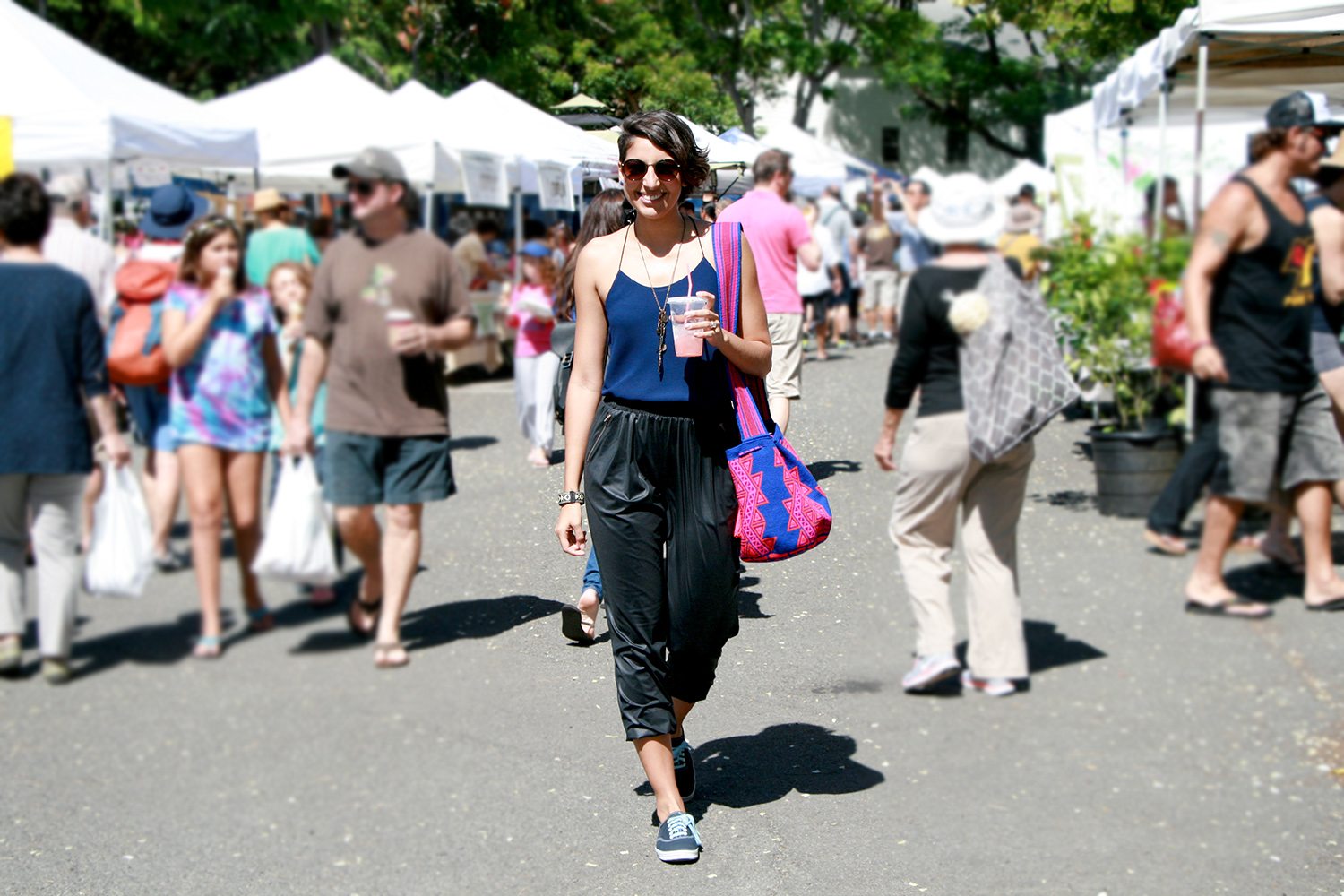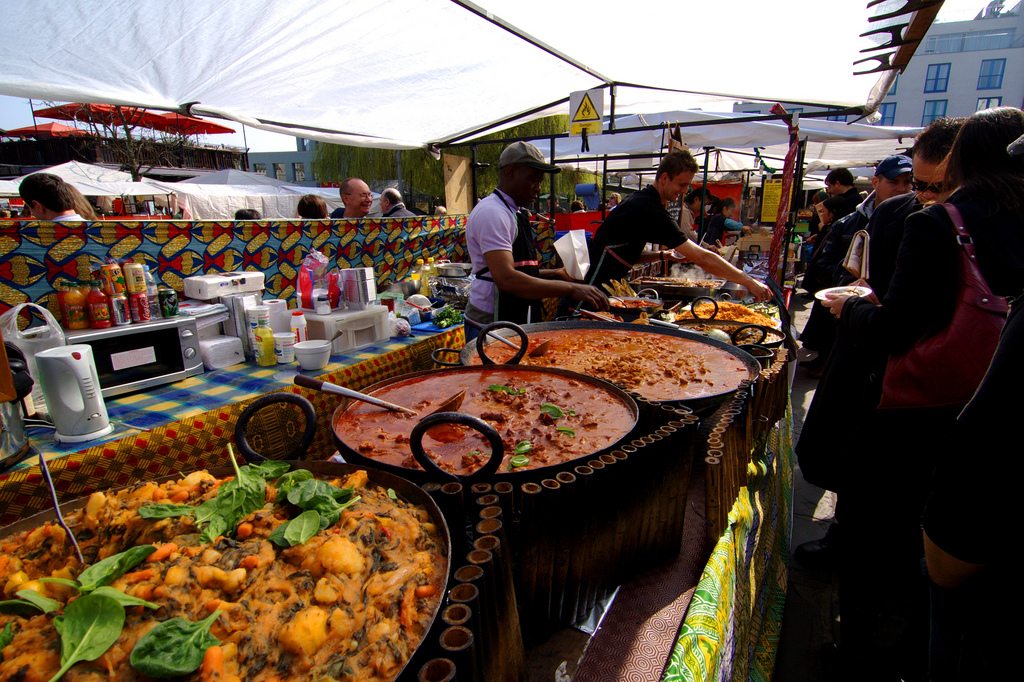
Clothing of Africa
The clothing of Africa is as interesting, colorful, and exuberant as the people who wear it. We gave you a taste of the very of-the-moment fashion scene in Senegal here, and now we’ll give show you some of the more traditional types of clothes worn throughout the continent. Here are nine of Africa’s most popular garments (some of these classic styles have been worn for centuries!). Are there any we should add to the list? Let us know in the comments!
http://beta.quiet.ly/list/share/25a01-clothing-of-africa?width=800&height=500&showGradient=true&showMapView=true&showAuthor=false&showLogo=false&showListTitle=true&showListDescription=true&showTitles=true&showDescriptions=true&showWeblinks=true&makeClickable=true&sharePage=true&showIcons=true&embedTheme=dark&titleSize=18&titleType=quietly&descriptionSize=14&descriptionType=quietly&useOriginalImages=false&lastSlide=default&lastSlideMsg=&lastSlideUrl=







